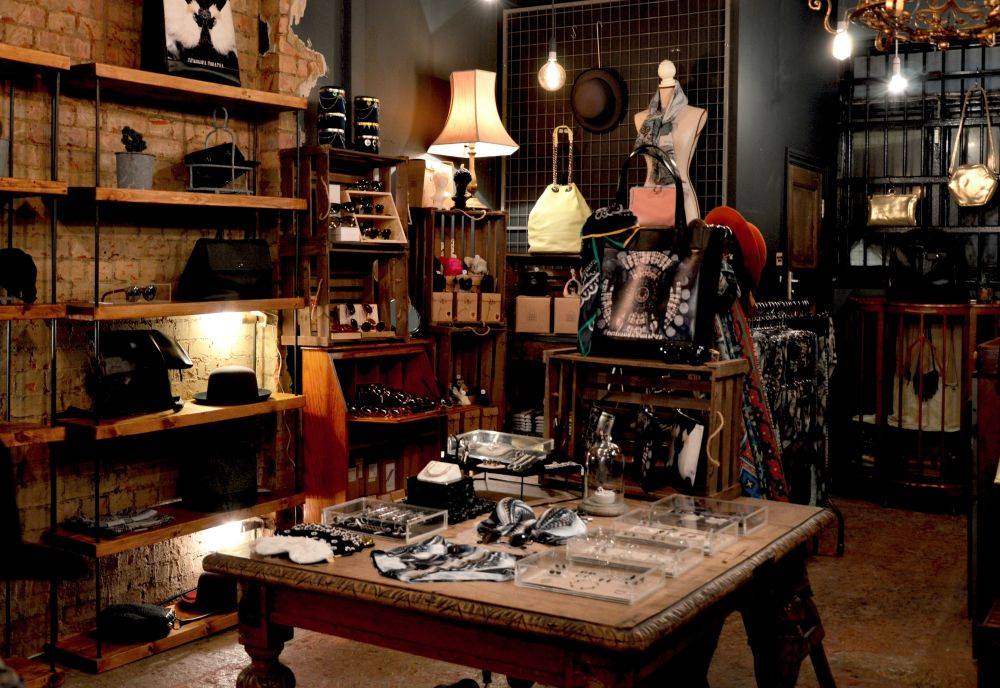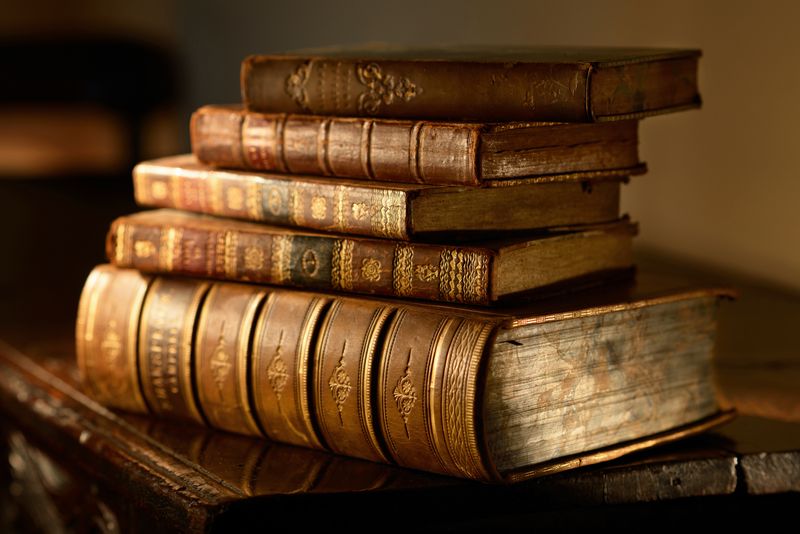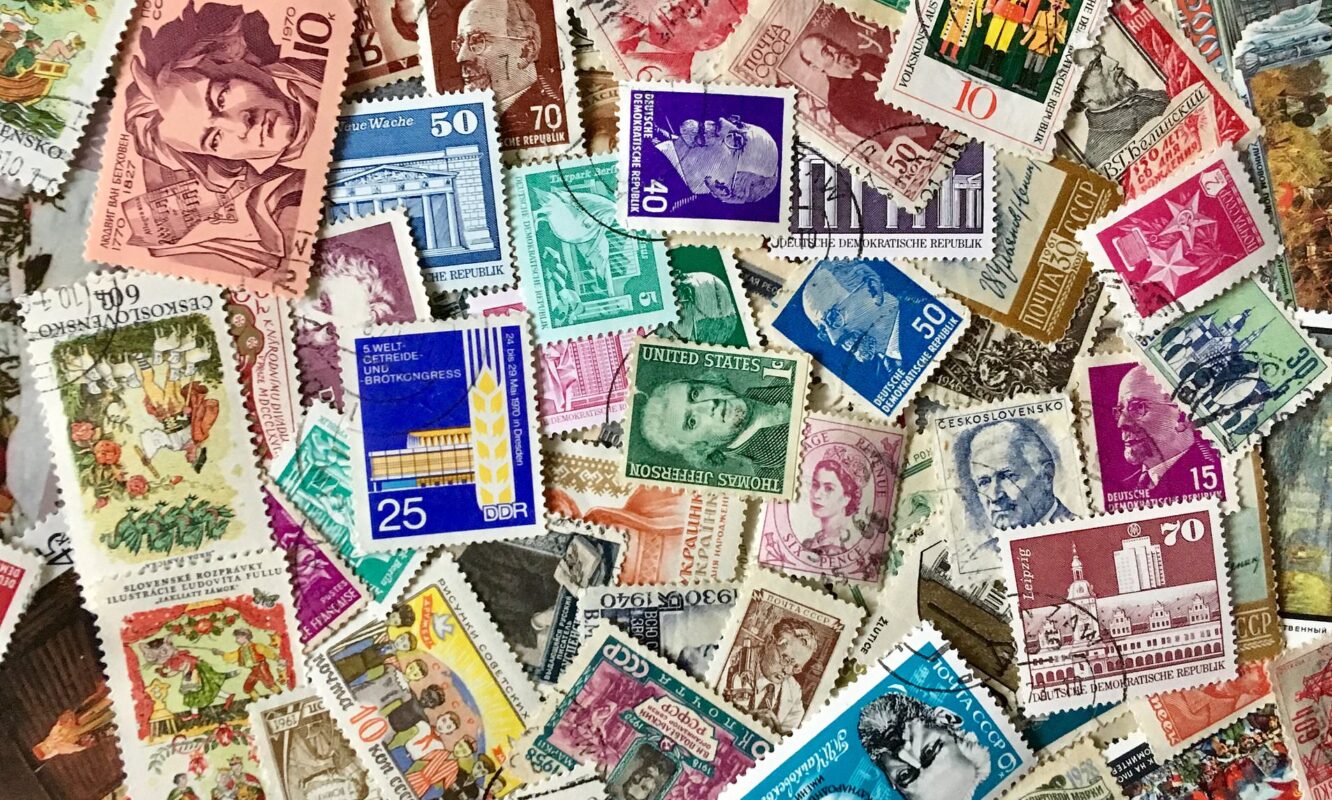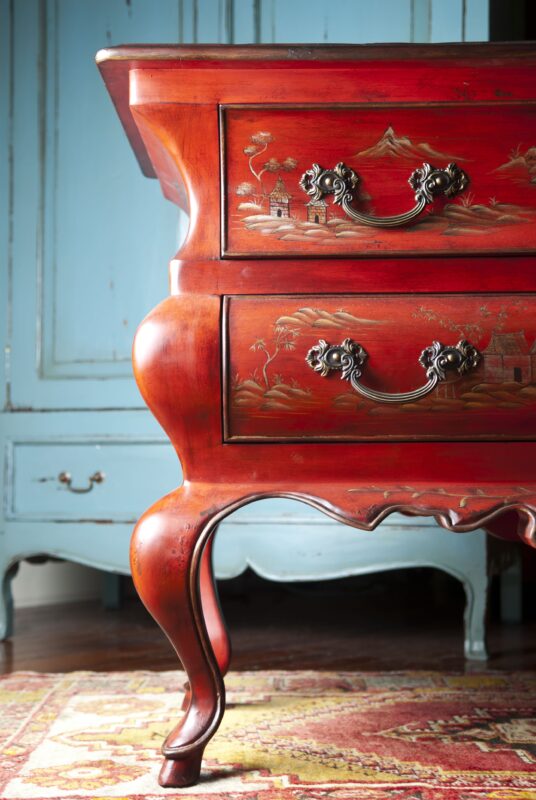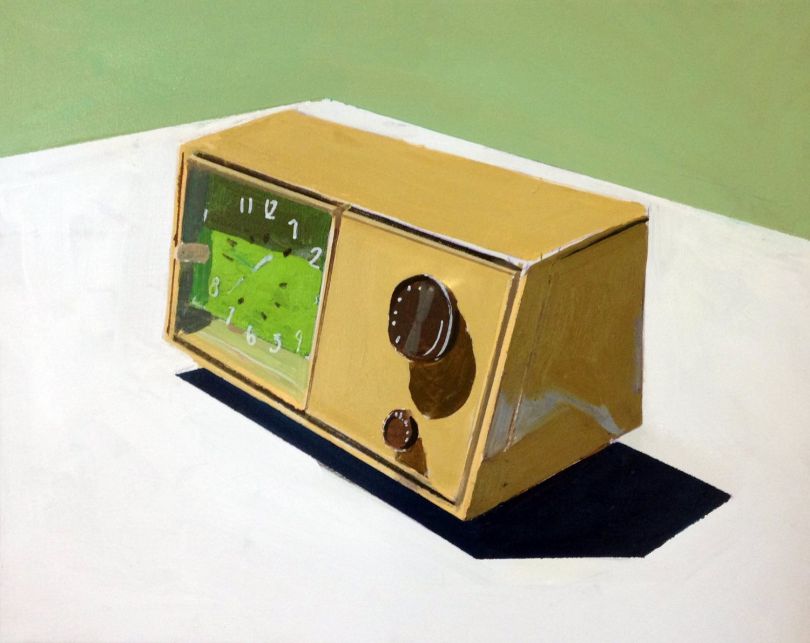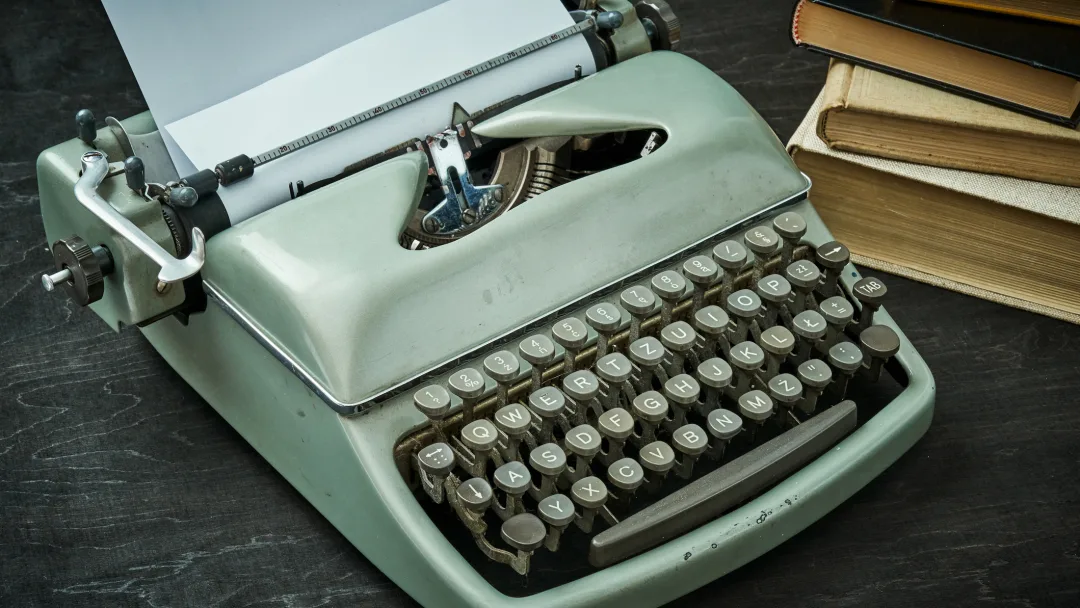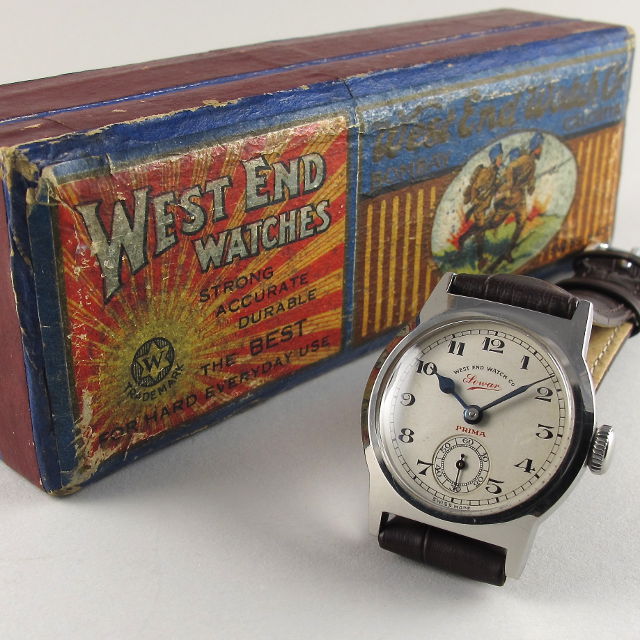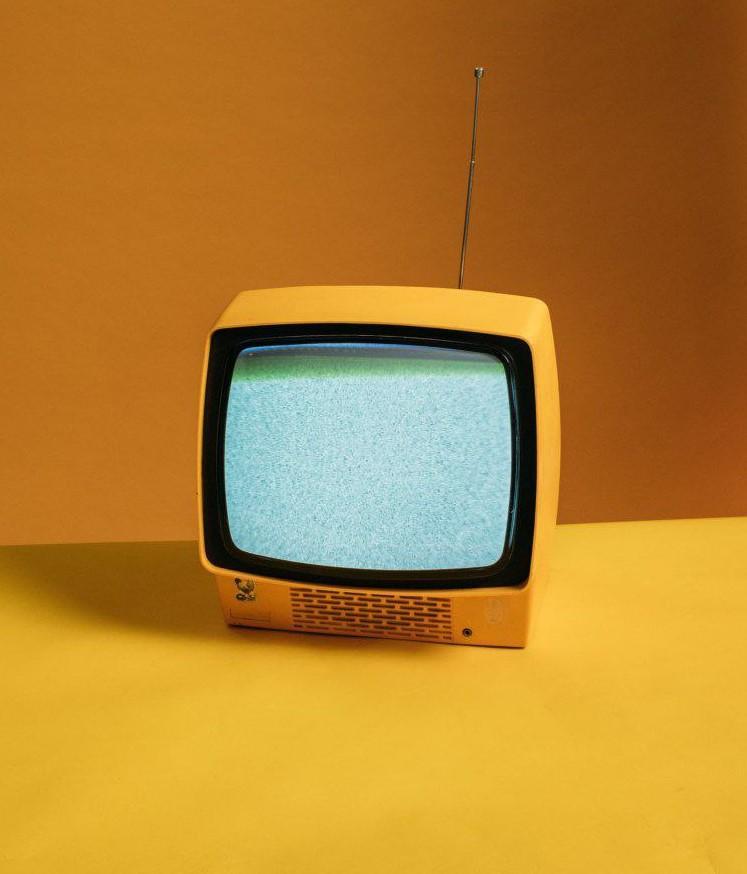How is the valuation of antiques carried out, how is the evaluation of furniture done, of the value of a work of art?
The valuation of antiques, works of art and period furniture. Secrets of the experts.
Introduction
The valuation of antiques, works of art and period furniture is a complex process that requires specific skills and experience. Experts carrying out these assessments must take into account a number of factors, including:
- The authenticity of the object: it is important to verify that the object is authentic and not a copy or forgery;
- The era: the era in which the object was made is an important factor that affects its value;
- The state of conservation: the state of conservation of the object is another important factor that influences its value;
- Provenance: the provenance of the object can be an important factor influencing its value, especially if it is an object of historical or cultural value;
- The market: the art and antiques market is constantly evolving, so it is important to take into account the latest market trends to correctly evaluate an object.
Authenticity in the valuation of antiques
Authenticity is one of the most important factors to consider when evaluating an antique, work of art or period piece of furniture. An authentic object is an original object, created by the artist or master craftsman to whom it is attributed. An inauthentic item is a copy or forgery, which may have much less value than an authentic item.
There are several methods to verify the authenticity of an item. One of the most common methods is stylistic analysis. The expert analyzes the style of the object and compares it with the style of the artist or master craftsman to whom it is attributed. If the style of the item is consistent with the style of the artist or master craftsman, then the item is most likely authentic.
Another method to verify the authenticity of an object is technical analysis. The expert analyzes the materials and manufacturing techniques of the object. The evaluation experts analyze the materials as well as the manufacturing techniques to verify whether they are consistent with the era to which the piece of furniture to be estimated can refer to, as well as how the techniques used for its creation can be considered typical of some artisan schools or particular areas of potential origin.
In some cases, scientific analysis methods, such as radiocarbon dating or infrared spectroscopy, can also be used. These methods can be used to determine the age of the object and the materials it is made of.
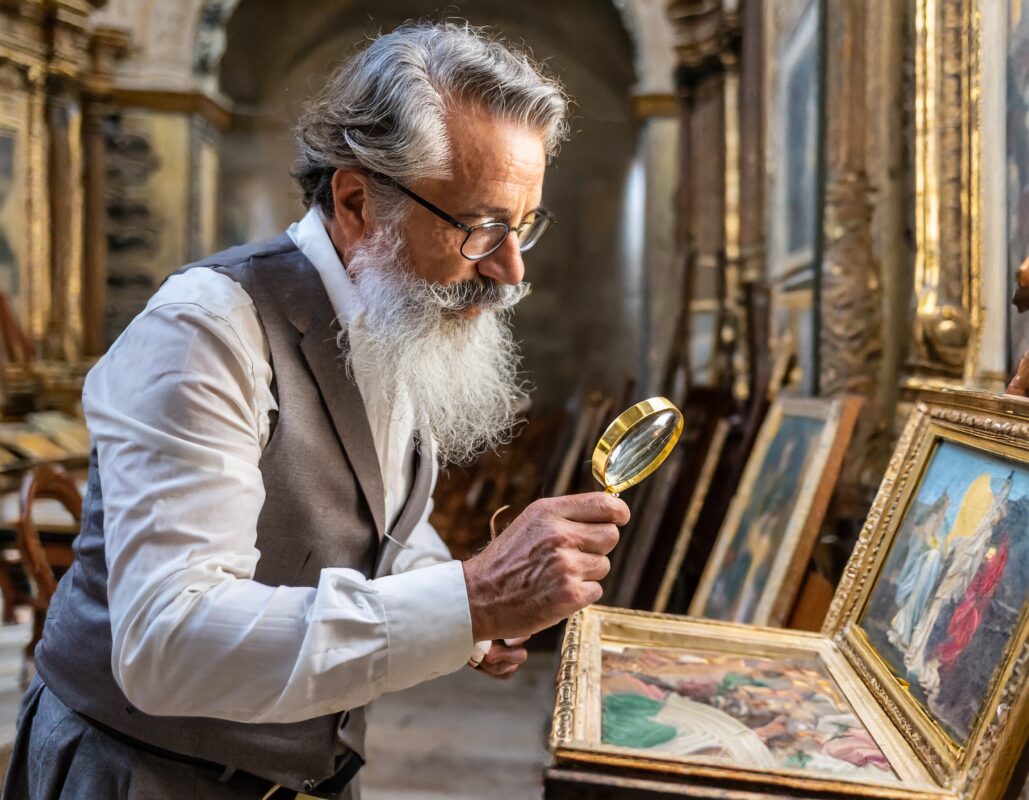
The estimate of the era and dating of the analyzed object, or the evaluation of a painting or the evaluation of furniture
The era in which an object was made in order to evaluate its authenticity and value, as well as for the estimate of a painting, is another important factor that affects its value. In general, older items are worth more than newer items. This is because ancient objects are rarer and are considered more valuable.
To determine the age of an object, the expert analyzes the style of the object, the materials it is made of and the manufacturing techniques. The expert for the appraisal of a piece of furniture can also use scientific dating methods, as already mentioned, for example radiocarbon dating or infrared spectroscopy.
The state of conservation for the valuation of antiques
The state of conservation of an object is another important factor that affects its value. An object in a good state of preservation has a greater value than an object in a poor state of preservation.
To determine the state of conservation of an object, the expert examines the object carefully. The expert checks for damage, repairs or modifications. The expert can also use restoration techniques to improve the state of conservation of the object.
The origin
The provenance of an object can be an important factor affecting its value, especially if it is an object of historical or cultural value. An object, for the valuation of antiques, with a known provenance has a greater value than an object with an unknown provenance.
The provenance of an object can be determined through documentation or oral history. The expert for the evaluation of furniture, can also use research methods to trace the provenance of the object.
The Market
The art and antiques market is constantly evolving. The value of an item can vary based on supply and demand in the market.
To correctly evaluate an object, for a correct valuation of antiques, the expert must take into account the latest market trends. The expert can do evaluation of furniture this by consulting auction catalogues, specialized magazines and websites selling antiques.
Methods of valuation furniture or valuing a painting, valuation of antiques or art object
There are different methods for valuation of antiques, for evaluating a painting or works of art and for an evaluation of furniture. The most common method is the comparative estimate, which consists of comparing the object to be valued with other similar objects already sold on the market. In this way it is possible to estimate the value of the object based on the selling price of other similar objects.
The comparative evaluation furniture, or the comparative valuation of antiques, is a simple and quick method to use for estimating a piece of furniture for example or valuation of antiques . However, it is important to consider that the art and antiques market is constantly evolving, so the prices of objects may vary over time.
Another evaluation method is the expert estimate, which consists of an in-depth analysis of the object by an expert. The appraiser takes into account all the factors listed above to estimate the value of the item.
The expert estimate is a more accurate method of valuation of antiques, for example, than the comparative estimate. However, it is also a more expensive and time-consuming method.
In some cases, for the valuation of antiques, it is also possible to use more specific methods, such as functional evaluation for valuation of antiques which consists of evaluating the object based on its functionality, or emotional evaluation, which consists of evaluating the object based on its emotional value.
Functional estimate is a method used for valuation of antiques, for the evaluation of furniture or of a painting or for the estimate of furniture that has intrinsic value, such as jewelry or musical instruments. Emotional evaluation is a method of evaluation of furniture for example or for valuing a piece of furniture used to evaluate objects that have sentimental value for the owner, such as a family heirloom or a gift received from a loved one.
HERE IS A SERVICE FOR THE VALUATION OF ART AND VALUATION OF ANTIQUES, ESTIMATE OF FURNITURE.
Do you also want to open your own online antique shop on 1Solo.com?
